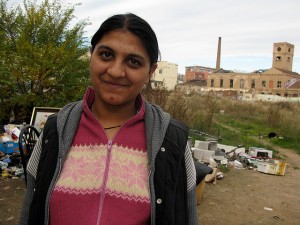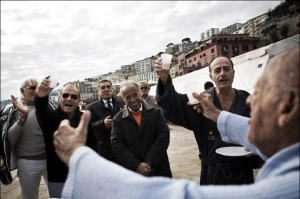
[/caption]
“An oasis of luxury in the capital of mafia" was the title chosen by a peruan newspaper in publishing this
photo reportage about Naples' Circolo Posillipo. But in spite of many elements that might make us believe it,
we can't pretend that Napols is just like a stereotype of a South American city, where the rich lock up in their golden bunkers, while in the streets the people shoot each other with guns. Partly because the members of
Circolo Posillipo are not as rich as we could imagine; but mainly because Naples, as south american cities are, is a place far more complex than the unambiguous narrations we receive from the media, that now only see/sell the violent deaths, criminality, urbanistic and social chaos, while in the Nineties they only showed the monuments that were reopening, the dynamism of the new upper classes, and the rebirth of tourism. Even them the
camorra controlled the neighborhoods, the peripheries were second-class places, the young people were beginning to assume crack and cocaine, hidden by the invisibility in which they were being kept. All these things, at that time, were not so fashionable as they are it now.

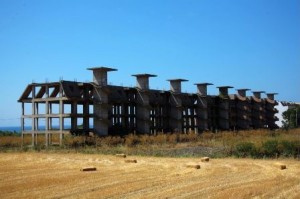 The traditional feast is like a litmus test: it changes naturally as the group that takes part in it changes, writes Angelo Maggio, Calabrian photographer after participating to the festa della Vergine at Polsi some years ago. Popular feasts change, tradition is reinvented and rewritten, according to new needs. After the nineties, in Calabria (Italy), the "second folk revival" (studied by australian anthropologist Stephen Bennetts), converted festivals in an excuse to attract tourists and money to small villages mostly depopulated: but this commercialization reduces Calabrian popular culture to "tarantelle", excluding all the rest of local popular traditions, that end up homologated in a common regional-popular denominator. At the same time, much more dangerous manipulations are taking place. A series of sinister individuals linked to mafia "clans" are publishing articles, books and records presenting 'ndrangheta (Calabrian mafia) as a "cultural" phenomenon, linked to folklore and popular traditions of Calabria, thus giving a kind of ethnic legitimacy to the cruelty of clans in front of public opinion, even internationally. And meanwhile, local anthropologists keep classifying ethnomusicological variants, and show little concern to all this public manipulations of their object of study.
The traditional feast is like a litmus test: it changes naturally as the group that takes part in it changes, writes Angelo Maggio, Calabrian photographer after participating to the festa della Vergine at Polsi some years ago. Popular feasts change, tradition is reinvented and rewritten, according to new needs. After the nineties, in Calabria (Italy), the "second folk revival" (studied by australian anthropologist Stephen Bennetts), converted festivals in an excuse to attract tourists and money to small villages mostly depopulated: but this commercialization reduces Calabrian popular culture to "tarantelle", excluding all the rest of local popular traditions, that end up homologated in a common regional-popular denominator. At the same time, much more dangerous manipulations are taking place. A series of sinister individuals linked to mafia "clans" are publishing articles, books and records presenting 'ndrangheta (Calabrian mafia) as a "cultural" phenomenon, linked to folklore and popular traditions of Calabria, thus giving a kind of ethnic legitimacy to the cruelty of clans in front of public opinion, even internationally. And meanwhile, local anthropologists keep classifying ethnomusicological variants, and show little concern to all this public manipulations of their object of study. 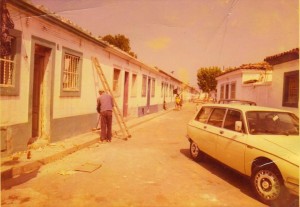
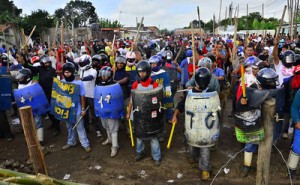
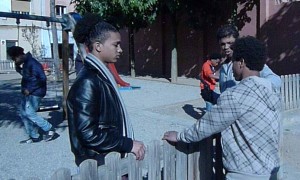
 [/caption]
Zoning means that some parts of the city, for real estate or urbanistic reasons, are devoted to certain groups of population: if there are neighborhoods where immigrants live, it's obvious that the schools of these neighborhoods have to cope with much more children born from foreigners. Such is the situation in Torpignattara, in the east periphery of Rome: a primary school is undergoing a series of public debates abounding in words like
[/caption]
Zoning means that some parts of the city, for real estate or urbanistic reasons, are devoted to certain groups of population: if there are neighborhoods where immigrants live, it's obvious that the schools of these neighborhoods have to cope with much more children born from foreigners. Such is the situation in Torpignattara, in the east periphery of Rome: a primary school is undergoing a series of public debates abounding in words like 
